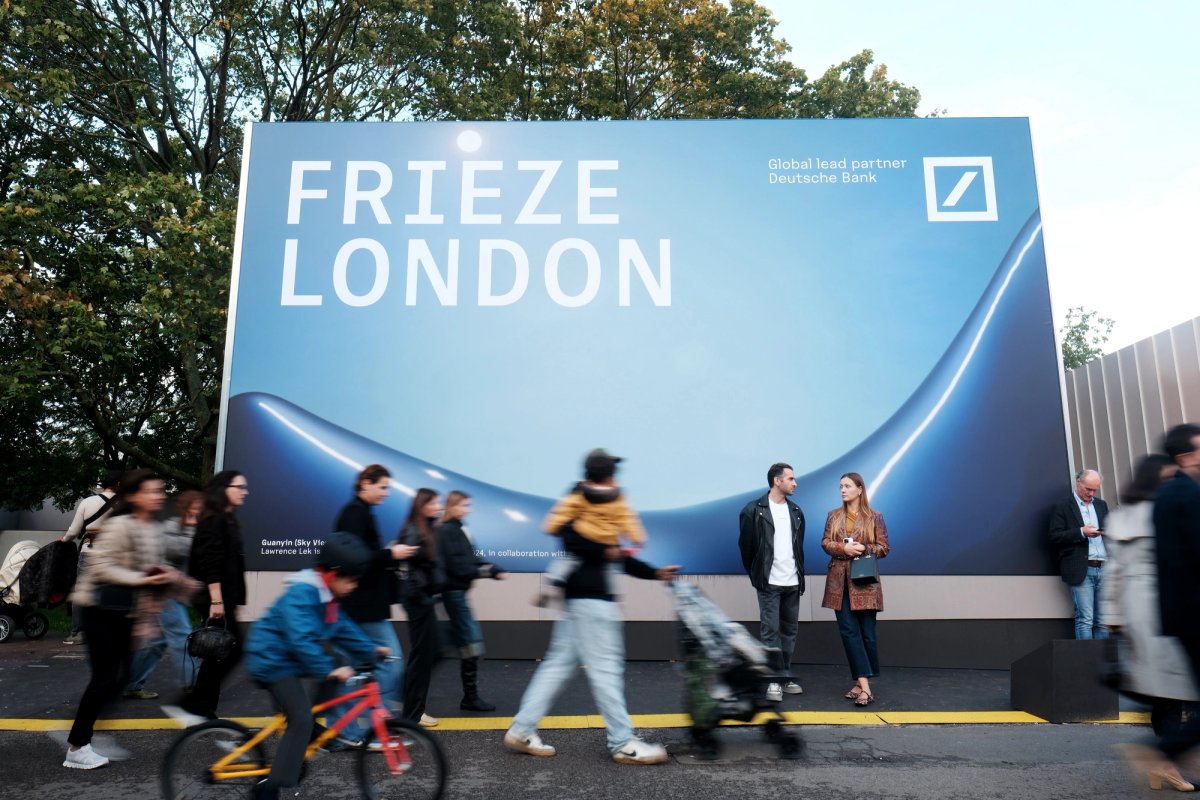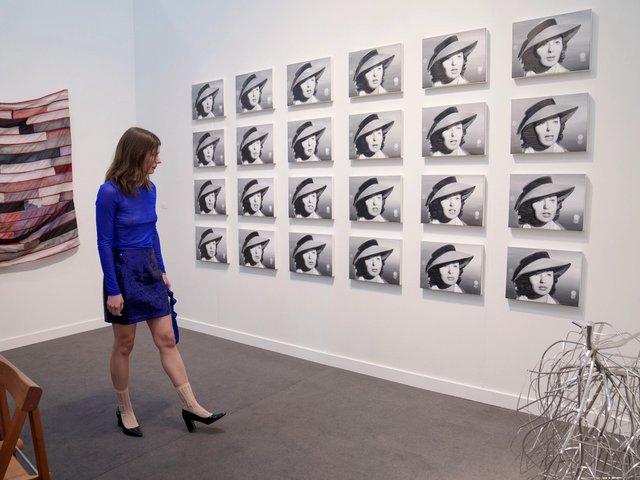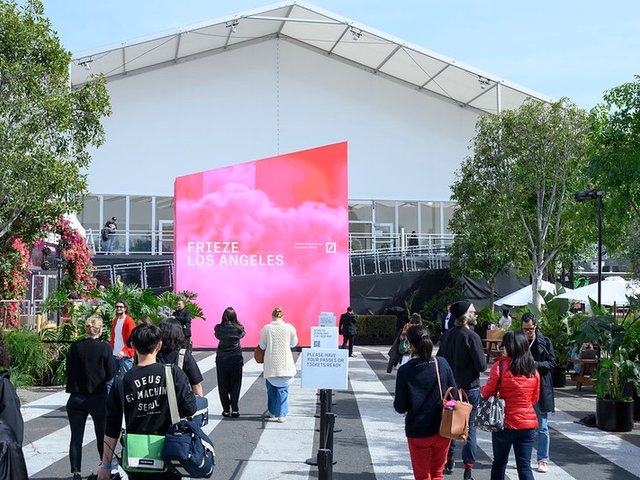What is the value of an art fair? According to the Hollywood super-agent Ari Emanuel, who on 1 May announced he will buy Frieze from his previous company, Endeavor, for nearly $200m, it is more than most people expected. And by some margin. Other would-be bidders are said to have been in the game for nearer the $100m mark.
It is easy to put it down to a passion project for a man who just made $174m in cash and more in equity from Endeavor’s $25bn sale to Silver Lake. The otherwise reserved Emanuel has made his feelings for Frieze well known, describing the group as “a source of inspiration… both personally and publicly” to the media. But Emanuel is not working alone—the Frieze acquisition marked the launch of his new events-based business, whose experienced backers include the investment firms Apollo Global Management and RedBird Capital Partners. They seem unlikely to put their money into one man’s fantasy.
Normally people overpay for a business for two reasons. Either they are stupid, or they are smarter than everyone else and know how to make it more valuableAnonymous industry observer
As one veteran industry observer puts it: “Normally people overpay for a business for two reasons. Either they are stupid, or they are smarter than everyone else and know how to make it more valuable. Ari Emanuel is clearly not stupid. But if he had a way to make the business run better, why didn’t he do it before?”
A possible third way is that Emanuel has been unable to get his teeth fully into Frieze’s potential while running Endeavor, particularly during the complicated and protracted Silver Lake transaction and what must have been nail-biting times during the Covid-19 pandemic. Recent tweaks to the fairs’ format, such as a redesign and re-emphasis on smaller-sized galleries at last year’s Frieze London, have crept in and worked a treat. A move towards a more music-based offering has been on the Frieze fringes for a few years, and is said to be in Emanuel’s vision, though has yet to materialise meaningfully.
Costs up, visitor numbers down
Such initiatives are welcome but do not seem huge money-spinners. Fairs have been instrumental in the growth of the art industry and there is still no better way to absorb as much of the market in one place. But like all art businesses right now, their costs are going up while revenues are threatened. Exhibitor numbers are generally shrinking while galleries are mostly opting for less square footage, to manage their own expenses. Digital advances such as online viewing rooms have proved limited and seem to be more necessary add-ons to a fair than something a gallery would pay extra to access.
Sponsorship, a core revenue stream, seems unlikely to soar in tighter economic times, while the price of entry surely does not have much room for growth. The basic (weekend) cost to visit Frieze London and Frieze Masters last year was £90 for an adult and, even more eye-watering, £32 for a child, defined as ages 2 to 17.
Frieze has done well to secure a culturally engaged owner prepared to put a very confident price out there when times are feeling tough. It is a profitable business, so we are told, and the brand is strong—which is where much of its potential worth lies. But the current art fair format does not look like an engine for rapid growth. Frieze is banking on Emanuel being much smarter than everyone else.






